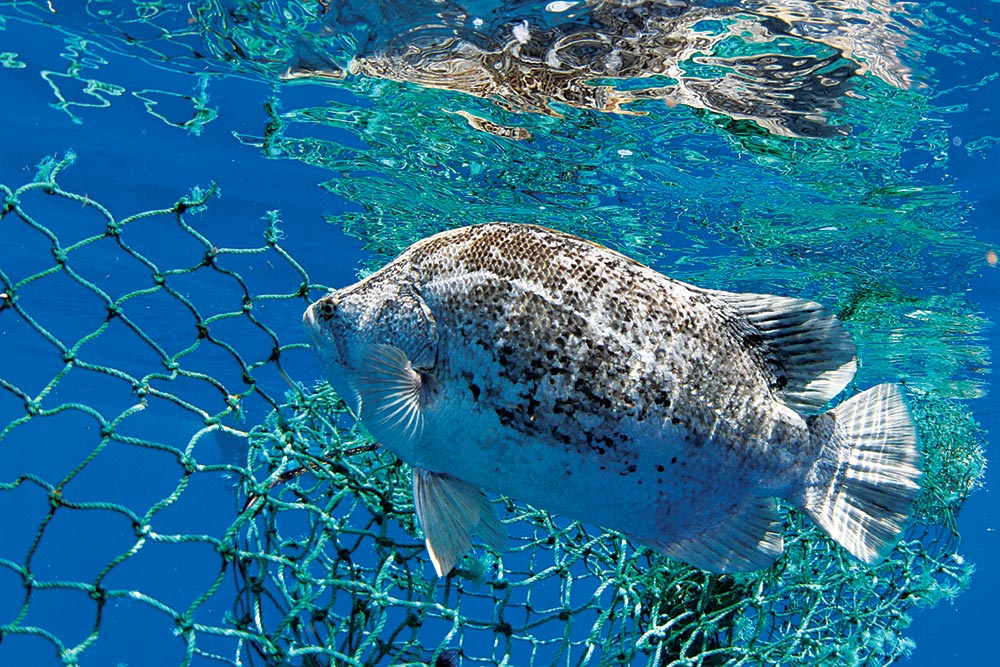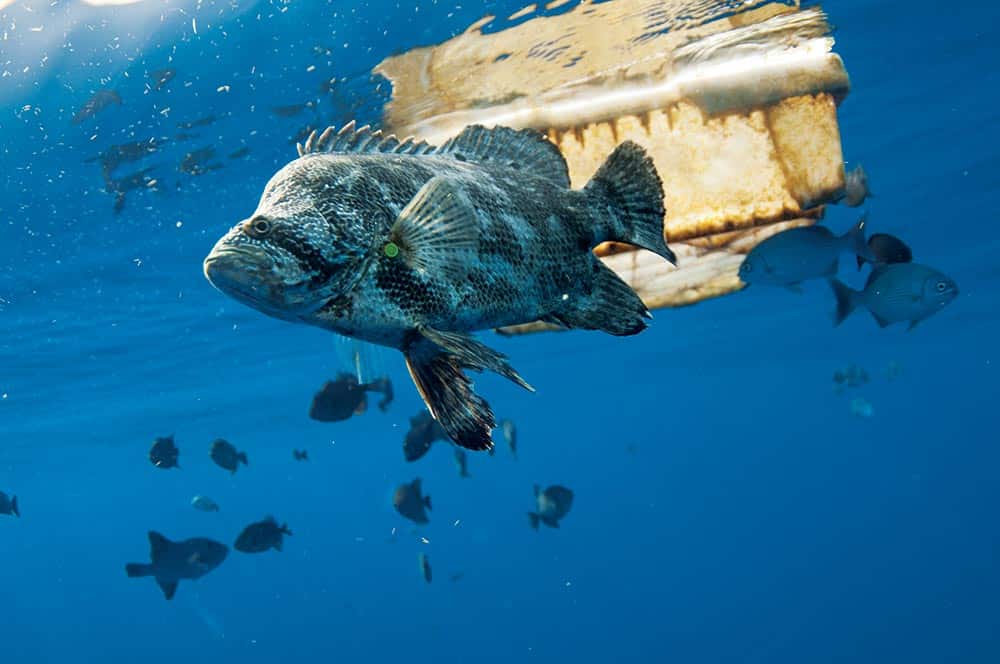
Tripletail Times Three
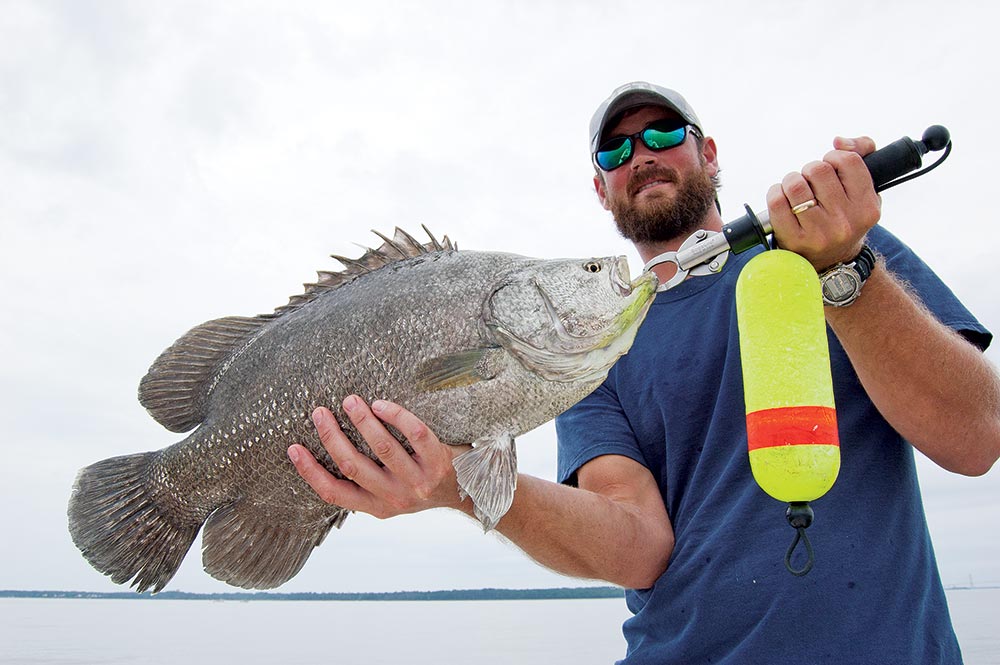
GEORGIA: When, Where and How
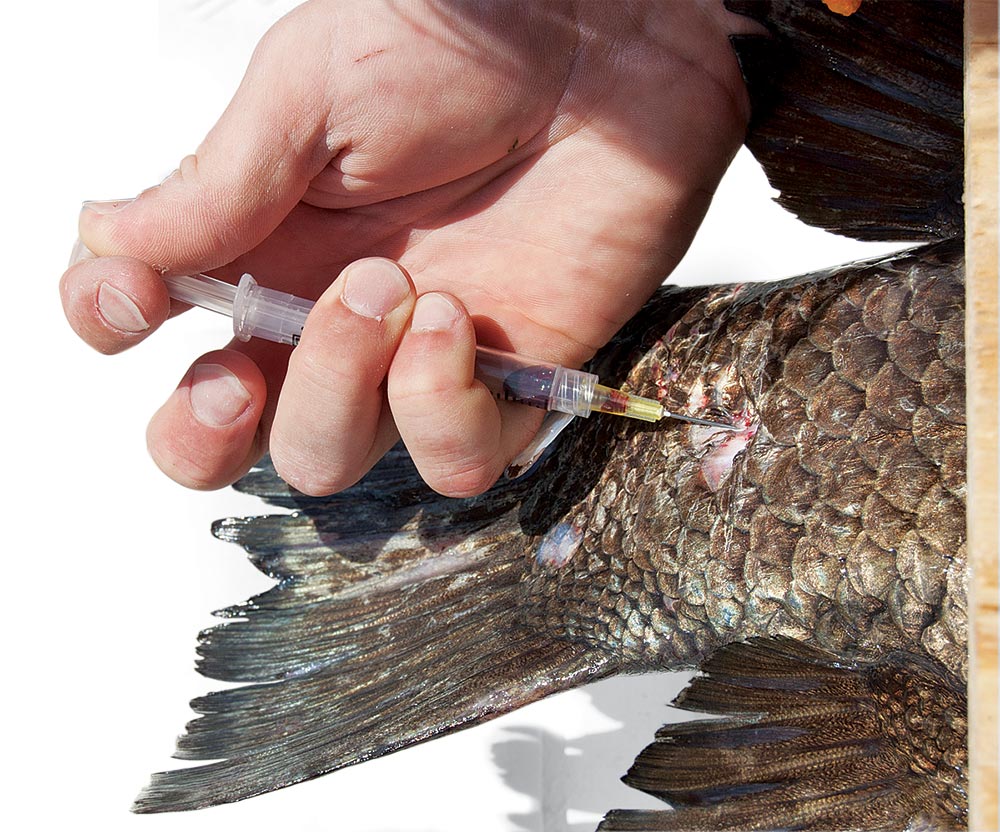
GEORGIA: When, Where and How
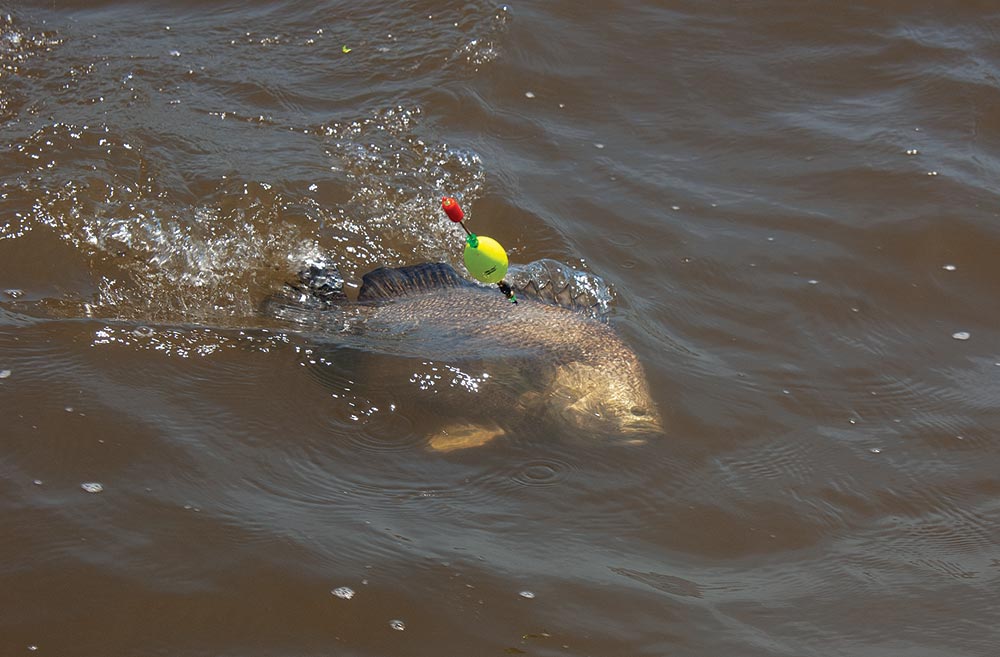
GEORGIA: When, Where and How
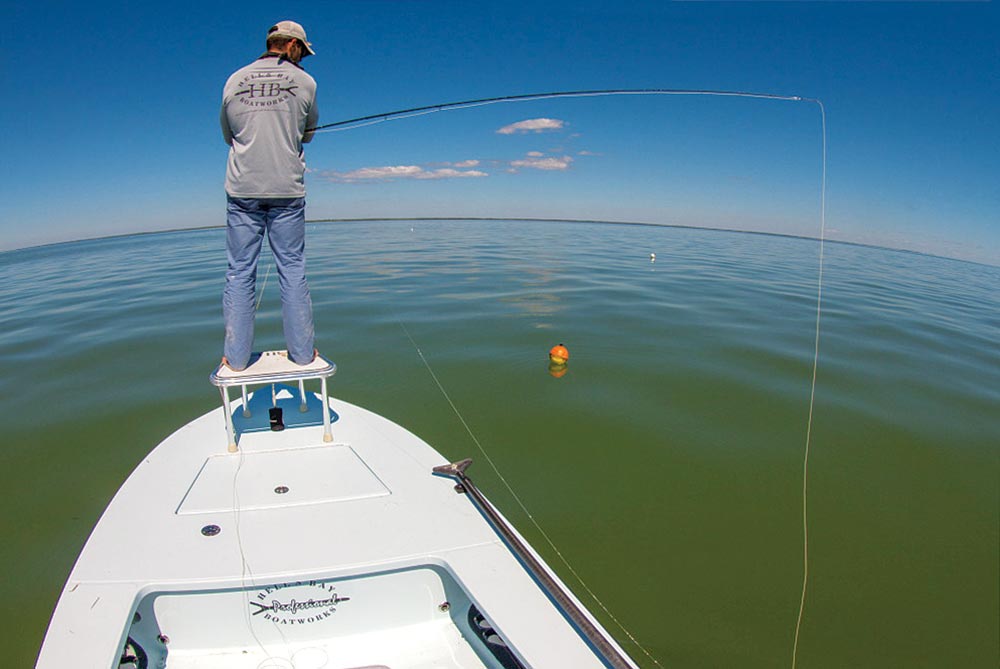
CAPE CANAVERAL, FLORIDA: When, Where and How
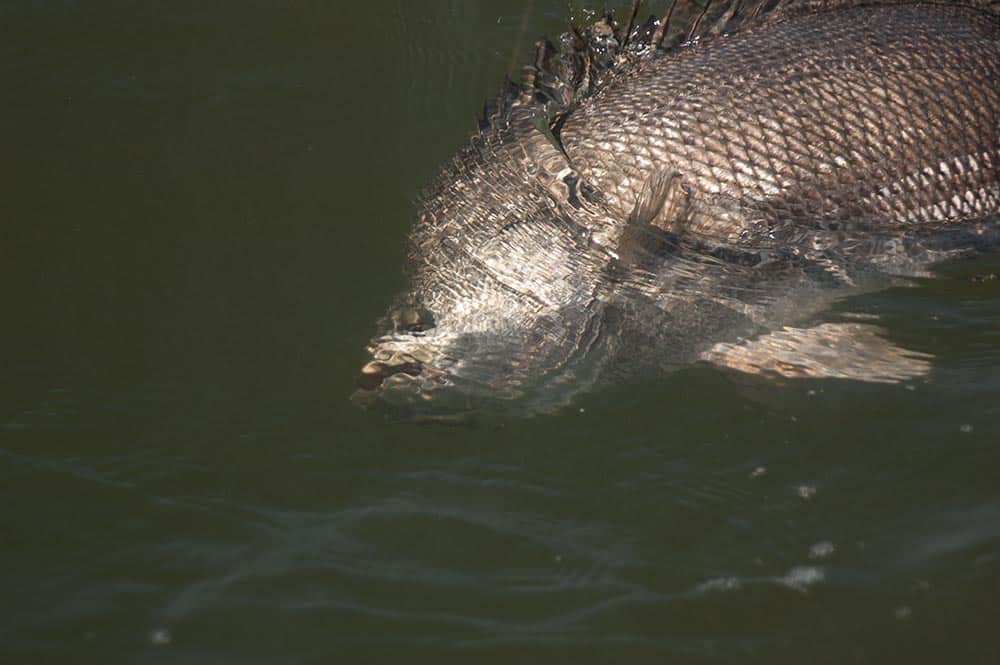
CAPE CANAVERAL, FLORIDA: When, Where and How
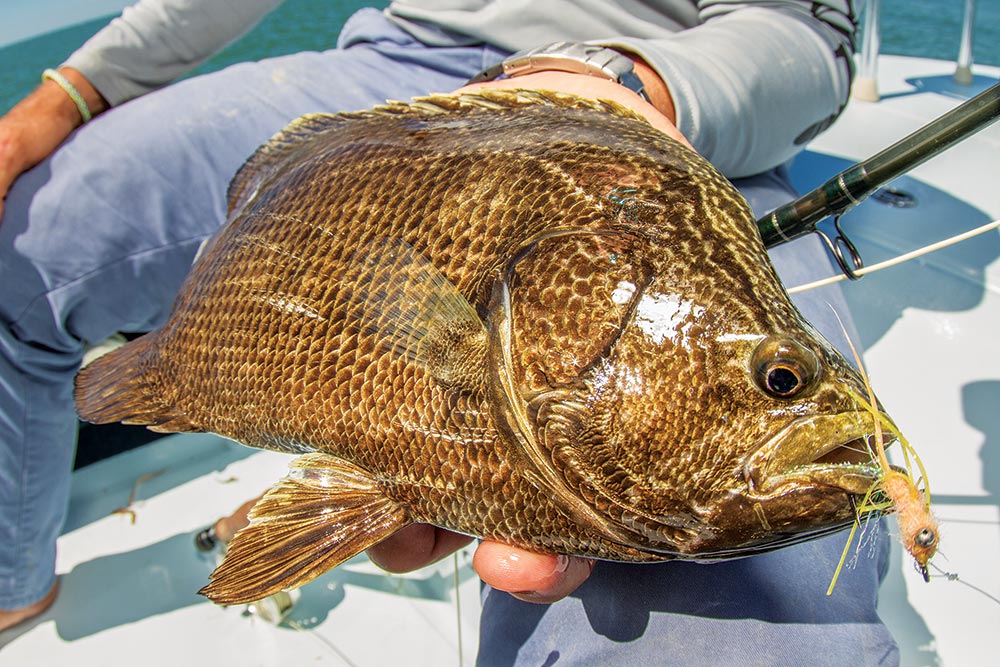
CAPE CANAVERAL, FLORIDA: When, Where and How
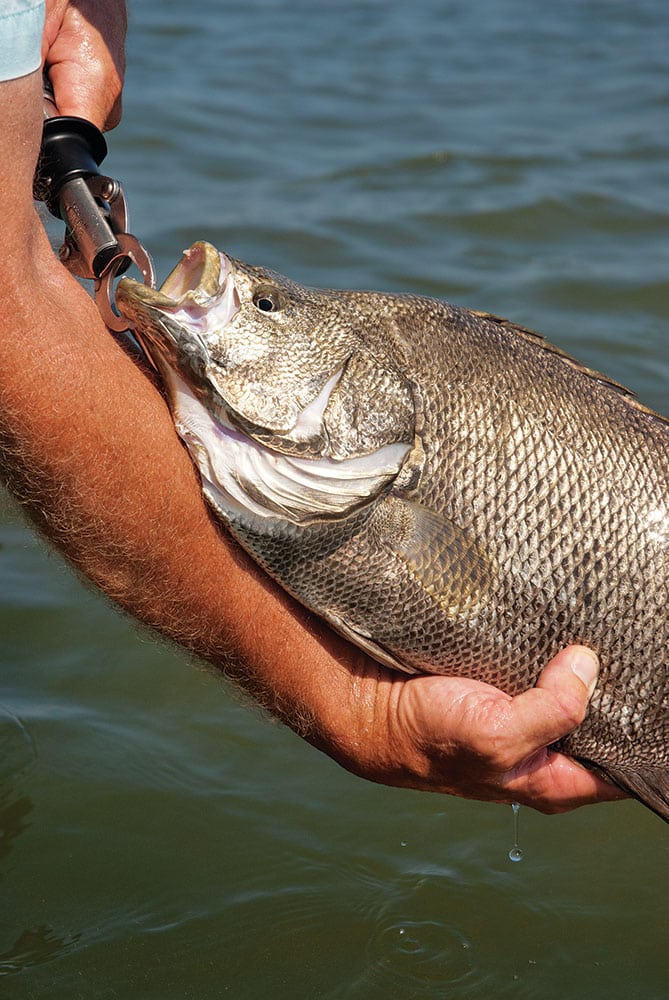
MISSISSIPPI: When, Where and How
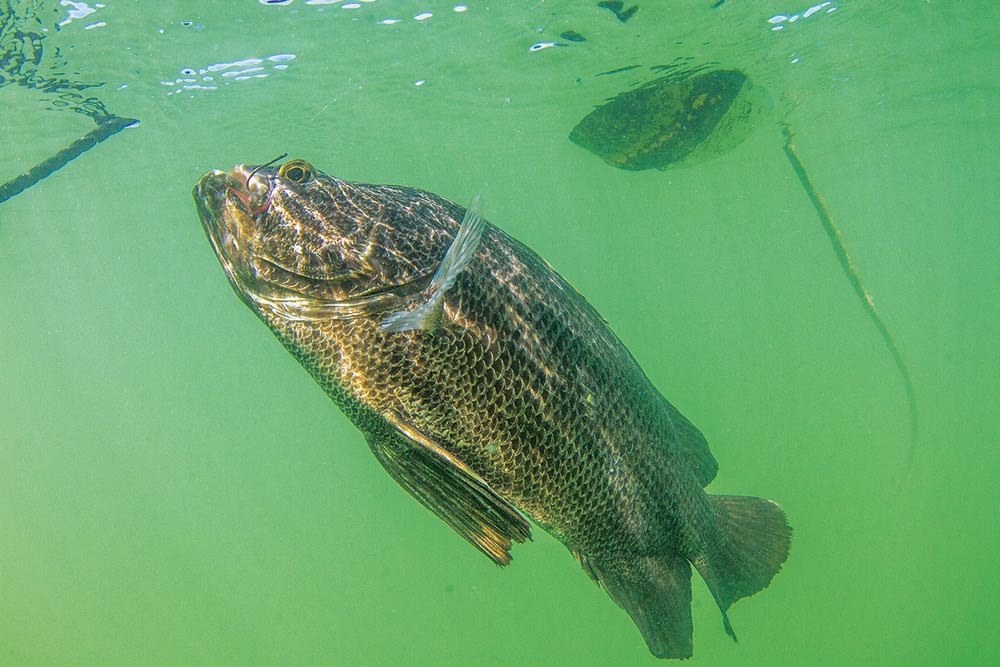
MISSISSIPPI: When, Where and How
